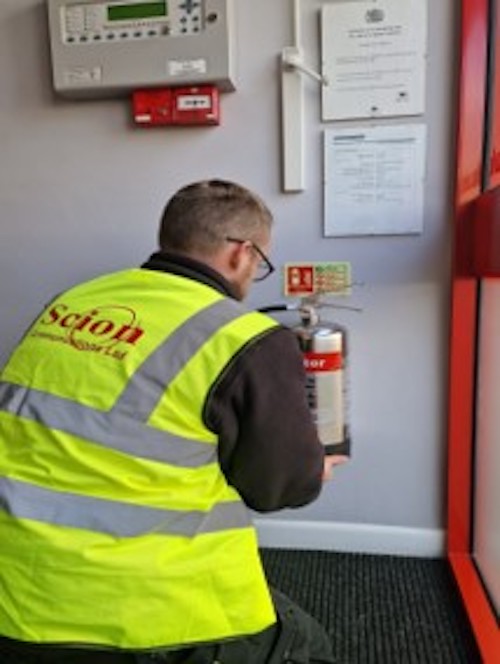Fire Extinguishers
Fire Extinguishers Save Lives
Fire extinguishers are crucial safety devices designed to combat and suppress fires in their early stages. Having the right type of fire extinguisher readily available can make a significant difference in preventing small fires from escalating into catastrophic disasters. These portable devices are designed to release various extinguishing agents, each tailored to combat specific classes of fires.
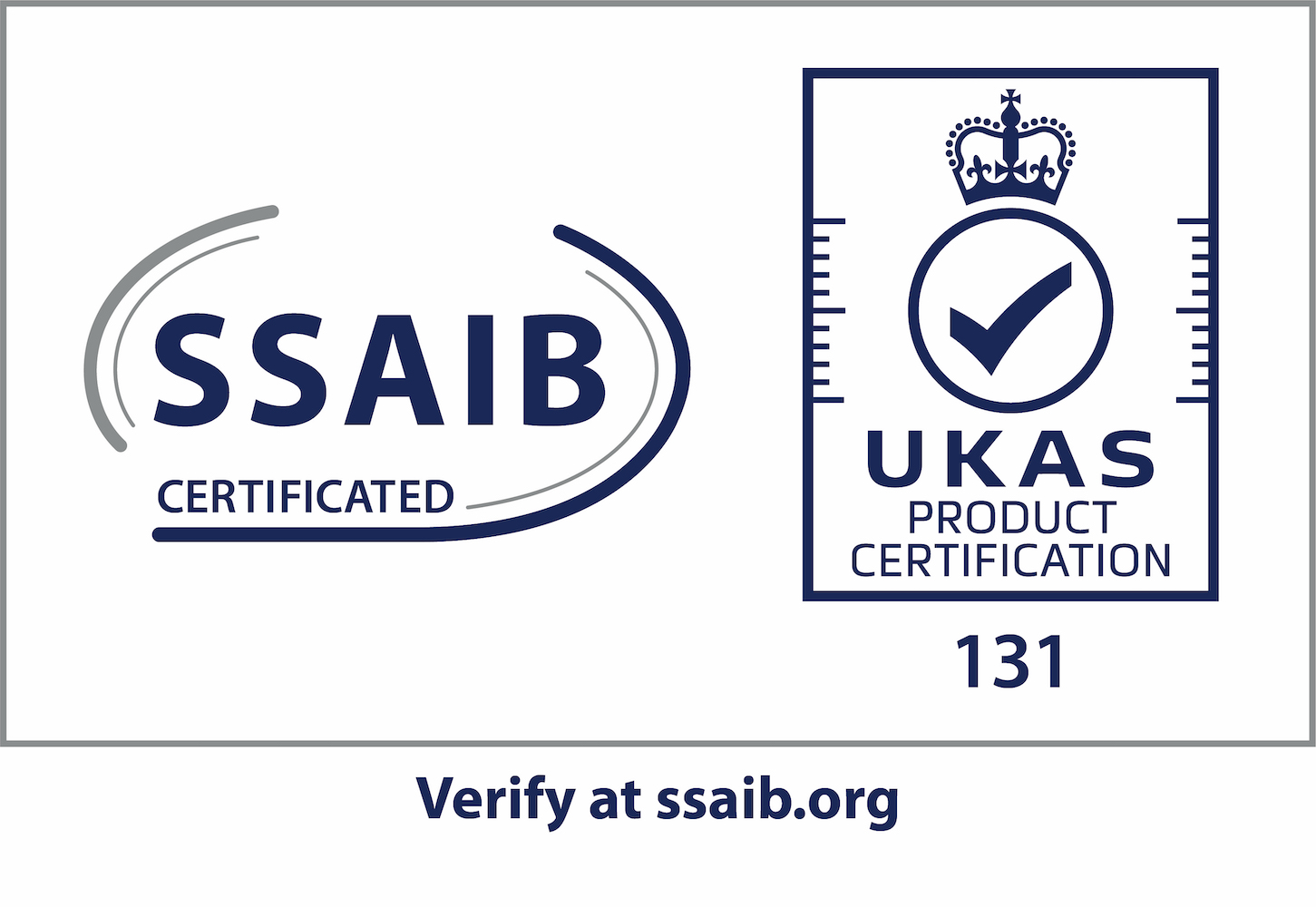
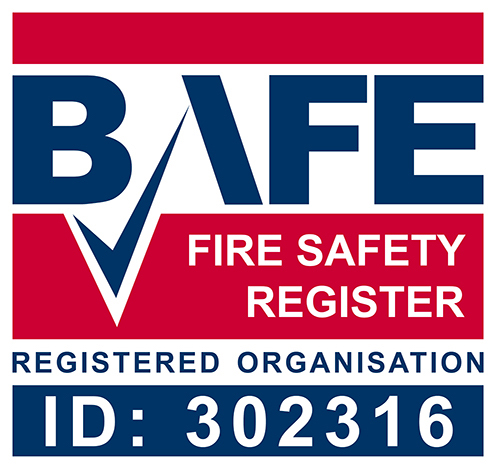
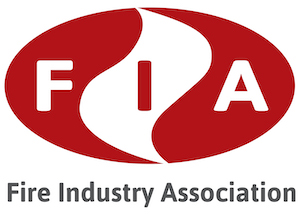
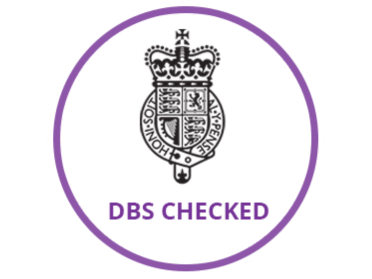
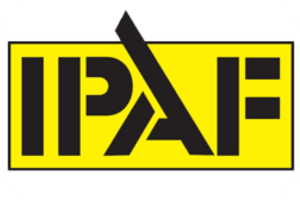
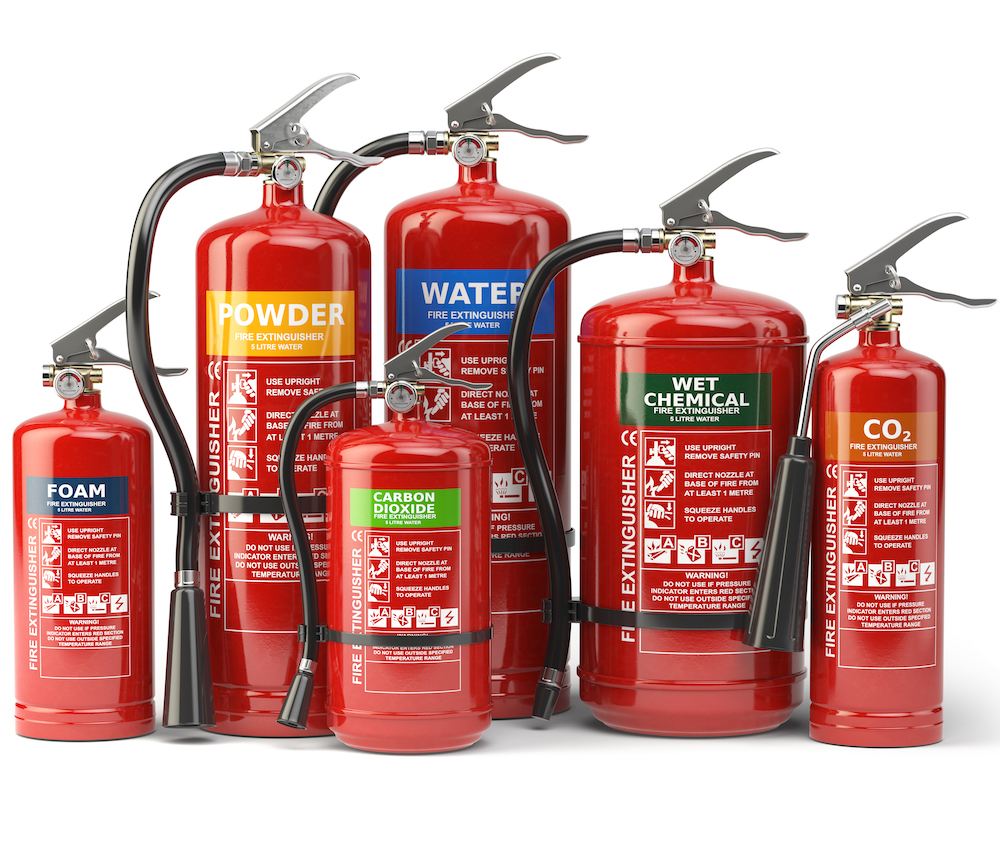
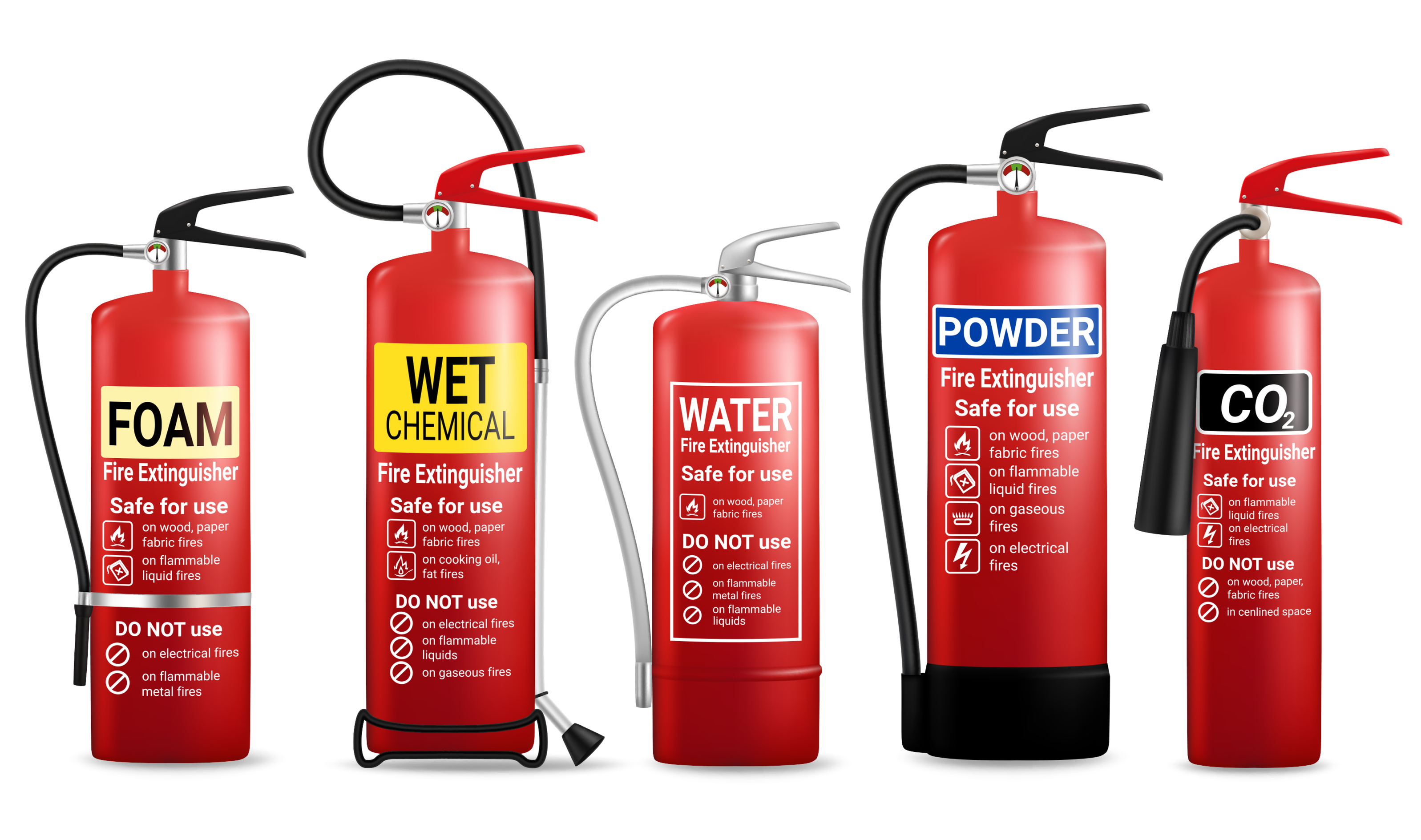
Different Types of Fire Extinguishers:
- Water fire extinguishers are the most basic and commonly used type. They are filled with water and are effective for tackling Class A fires, which involve ordinary combustible materials such as wood, paper, and fabric. However, they should never be used on electrical or flammable liquid fires, as water can conduct electricity or spread flammable liquids.
- Foam fire extinguishers are suitable for Class A and B fires. They contain a mixture of water and a foaming agent that creates a blanket of foam, smothering the fire and preventing re-ignition. These extinguishers are effective for fires involving flammable liquids like gasoline, oil, and paint.
- Carbon Dioxide (CO2) Extinguishers are primarily used for Class B and C fires. They discharge carbon dioxide gas to displace oxygen, suffocating the fire and preventing its spread. CO2 extinguishers are especially useful in extinguishing fires involving flammable liquids, electrical equipment, and delicate electronic devices, as they leave no residue or damage.
- Dry chemical powder extinguishers are versatile and can handle a wide range of fires. They come in two main types: ABC extinguishers, suitable for Class A, B, and C fires, and BC extinguishers, specifically designed for Class B and C fires. These extinguishers contain a dry chemical powder that interrupts the chemical reaction of the fire, extinguishing it rapidly.
- Wet chemical fire extinguishers are specifically designed for Class F fires, which involve cooking oils and fats. These extinguishers release a fine mist of potassium carbonate, forming a soapy solution that cools and extinguishes the fire. They also create a foam layer that prevents re-ignition and seals the surface, preventing splashing.
Importance of Regular Inspections
It is crucial to understand the different types of fire extinguishers and their applications to ensure that the correct type is readily available in case of an emergency. Regular inspections, maintenance, and employee training on fire extinguisher usage are essential for their effective deployment and overall fire safety.
